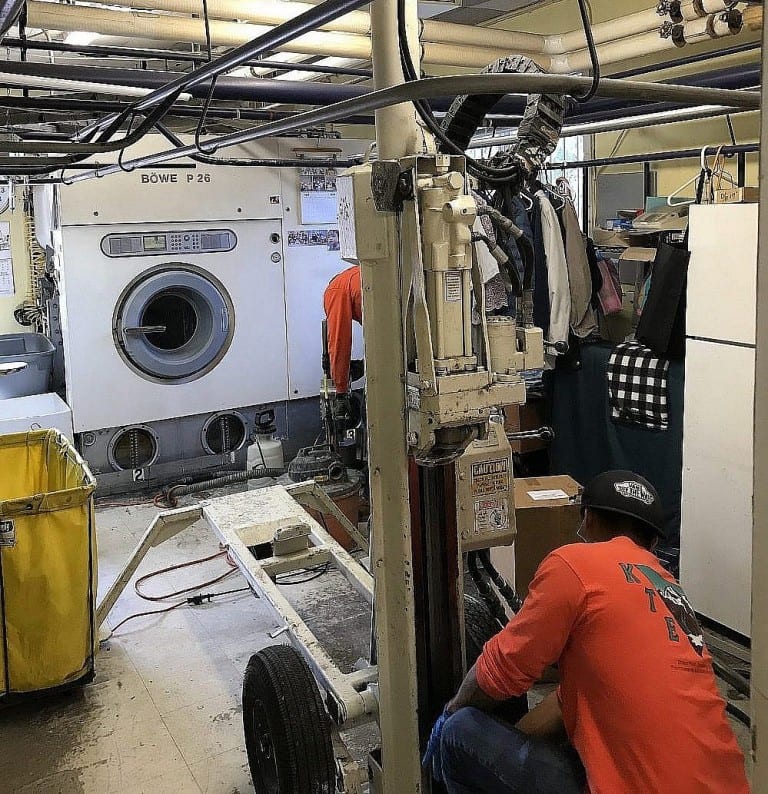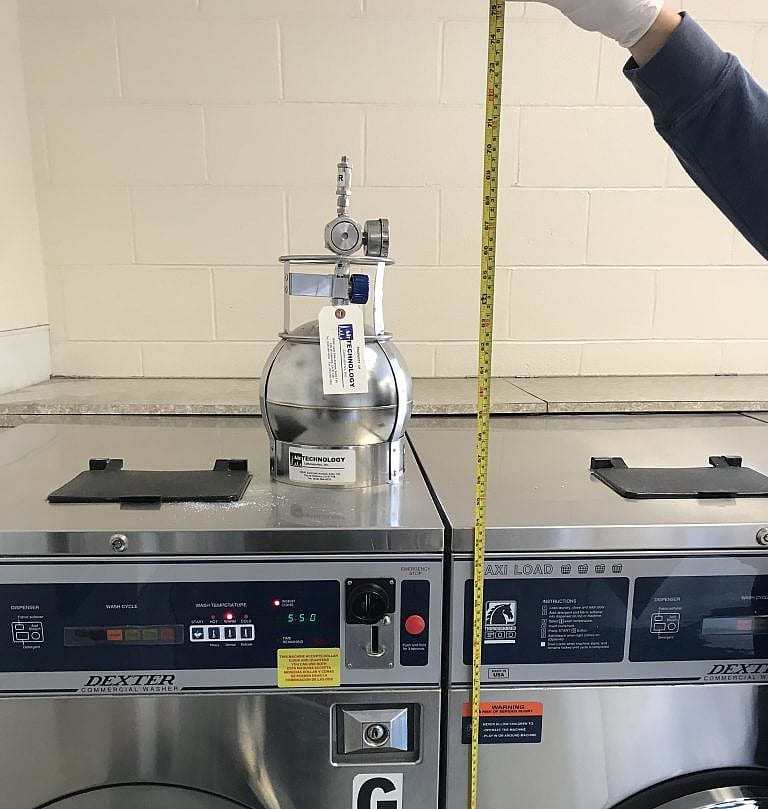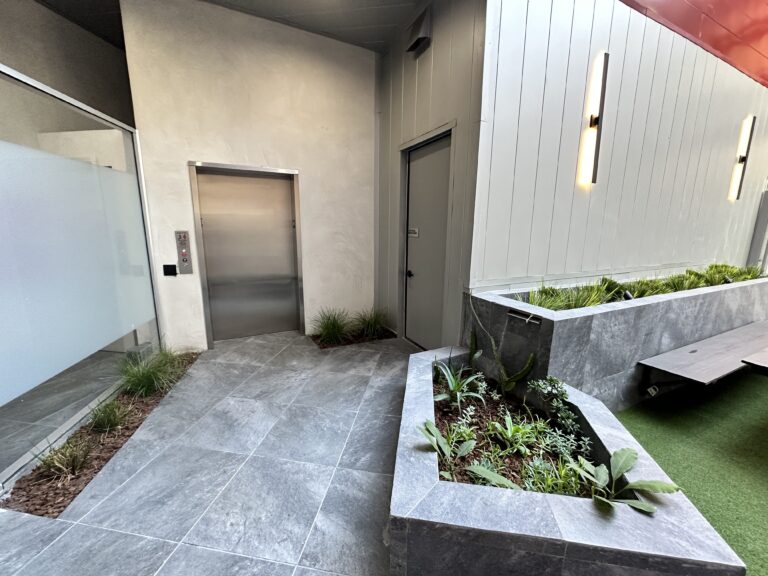What is an ALTA Survey?
An ALTA Survey is a specialized Boundary Survey of a property that adheres to strict standards developed by the American Land Title Association (ALTA) and the National Society of Professional Surveyors (NSPS). An essential part of any legal ownership of land, the boundaries of a property must be properly and professionally delineated, making note of any easements or public right-of-way, or any other addition to or deletion from the property throughout the course of the parcel’s history. Clearly defining the boundaries of a property prevents any dispute over where one parcel ends and another begins. An ALTA/NSPS Land Title Survey is a foundational component of any real estate due diligence period and is necessary to obtain comprehensive Title Insurance for any property as a buyer, seller, or owner. Updated December 16, 2020.
Title Insurance
The need for Title Insurance arises to protect the owner, and lender, against any disputes against, or claims to, any part of the property, or financial compensation owed to another party in association with said property. In other words, it ensures the property owner in case somebody brings a legitimate claim to the land itself, or money owed due to something related to the property’s history. Common lawsuits brought against property owners in this way include suing for money owed due to back taxes or environmental contamination, which is enforced via a lien against the property. If a new owner who has recently purchased a property unknowingly stumbles into these types of liabilities attached to the property from before, it is important that they carry Title Insurance so they can prevent financial losses.
Title Survey for Insurance Purposes
The reason that an ALTA Survey is important for insurance purposes relates back to that foundational aspect of property ownership: the property boundaries. When insurance companies are issuing a policy to a landowner or lender, there will be included in the policy a section called the “standard survey exception.” In short, it will state that the policy does not cover losses due to matters such as boundary line disputes, which could have been prevented if clarified previously by a proper land survey.
In order to remove this exception and issue a Title Insurance policy with no survey exception, an official land survey must be completed. And, in order for the insurance companies to accept the survey as legitimate, it needs to be conducted by professionals with the proper credentials and carried out in a way that meets agreed-upon standards. This is how ALTA and NSPS came to establish the industry standard for Land Title surveys which are carried out today as a critical part of any real estate transaction and recognized as universally acceptable to buyers, sellers, and lenders.
Records Review
There are three main parts to the ALTA/NSPS Land Title Survey process, and each step must follow the Minimum Standard Detail Requirements which define the standards first established in 1962 and most recently updated in 2016. The first stage involves collecting information from historical documents contained in public and private records. The data from the original survey should be scrutinized. However, it should be noted that these records can be many decades old, difficult to locate, or altogether unavailable. This historical data may include Corner Records, which are written descriptions of boundary identifiers, prepared by surveyors and stored with the local government’s Clerk and Recorder files. If possible, the Professional Surveyor will retrace the steps that the original surveyor took when the parcel was first established.
Survey Monuments
The next stage of the ALTA Survey consists of locating physical markers that help to identify the corners and boundary lines of the property. “Corners” may include the actual points where boundary lines intersect or any other point along the property line. It may be a public land survey corner established by the U.S. government long ago, or it could be a marker, placed more recently by a land surveyor. These markers, also known as “monuments,” usually comprise a steel pin inserted into the ground, topped with a flat steel disc containing the land surveyor’s name and professional license number. Because survey monuments are critical for defining property boundaries, there are laws in place that prevent the destruction or removal of these objects.
Reference Monuments and Accessories
The survey monuments will ideally be placed on the exact property corner, but when that is not possible, they can be positioned as close as possible and are then known as “reference monuments.” A reference monument must describe the relationship of the marker which is said to “witness” the actual location of the corner. Furthermore, the records may include what is known as “accessories”, or easily identifiable objects used to help locate the corner monuments. Accessories may be naturally occurring features such as large trees or rocks, or manmade objects like statues or flagpoles. Like a reference monument, the accessory functions to help locate the corner.
Map Creation
After all the historical monuments have been located, and any new monuments have been installed, the property corners will have all been identified, and the true boundaries of the property confirmed. Then, the final phase of the ALTA Survey is underway with the preparation of the plat/map. Computer-aided drafting (CAD) software assists in creating a visual representation of not only the property boundaries but also buildings and geographical features on the property, as well as easements, rights of way, and any overlaps in adjacent property boundaries that could potentially result in a boundary dispute. And, this information must all be presented in a way that is consistent with the clearly defined ALTA/NSPS standards.
ALTA Survey Requirements
The final plat/map, which must be specifically titled “ALTA/NSPS Land Title Survey,” must be presented on a full page and contain all the standard map-making essential features such as scale, a directional arrow, and legend. And additional supporting documents must also be included such as a vicinity map showing the surrounding region and major highways. The surveyor’s contact information and professional license number must also be displayed on the map. The date of the project must also be specified along with the surveyor’s signature and seal in a statement of certification. Only after all the above 2016 Minimum Standard Detail Requirements have been met will copies of the final product be delivered to the client.
Authors:
Written By: Michael Joseph Sabo
Edited By: Adam Azad Kaligi
Information Sources:
https://www.nsps.us.com/page/ALTANSPSStandards
https://www.bpelsg.ca.gov/laws/pls_act.pdf
https://dpw.lacounty.gov/smpm/landrecords/docs/RSCR_guide.pdf
https://www.consumerfinance.gov/ask-cfpb/what-is-owners-title-insurance-en-164/




